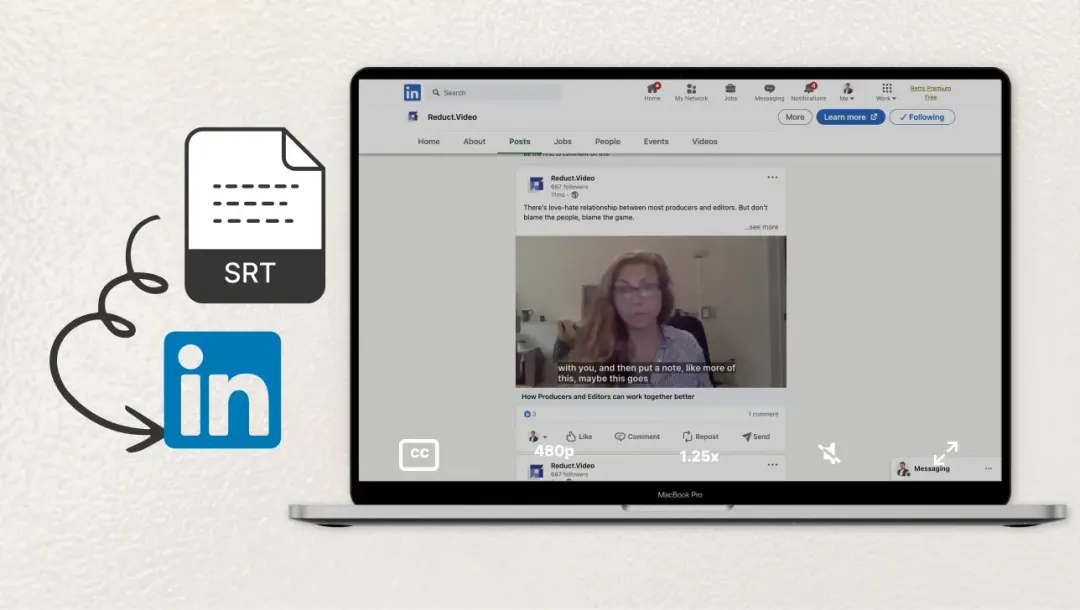Video Logging Software - The Easiest Way to Log Videos
June 2024
·
3 min read
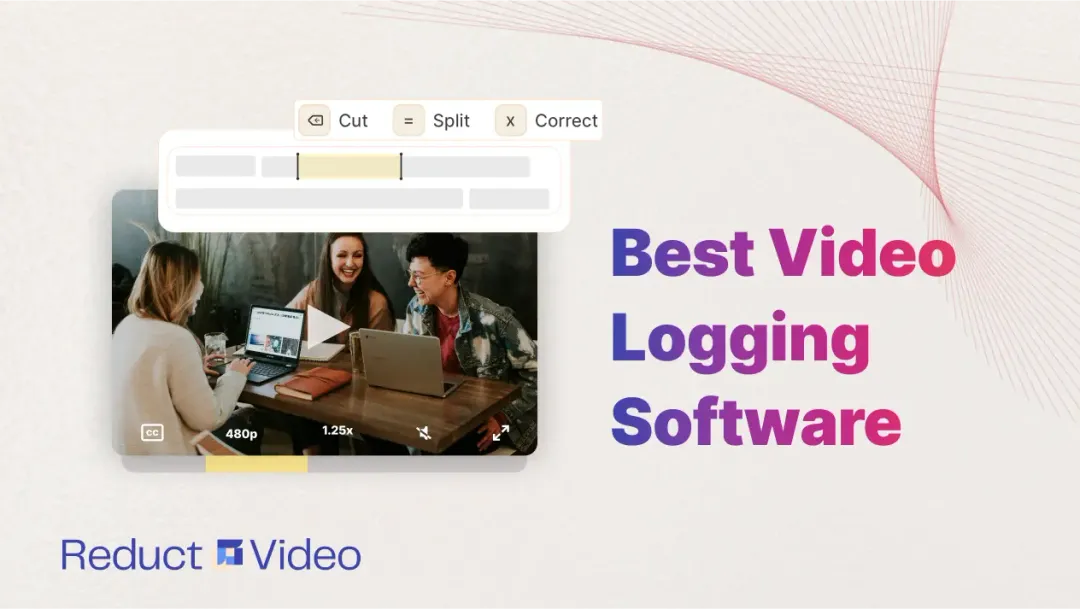
In a typical documentary film, for every 20 minutes of footage, only 1 minute goes to the final production. A lot of time can be wasted importing and editing unnecessary footage if proper video logging is not done first.
However, there are numerous problems with a traditional approach to logging and labeling video footage:
- Locating specific footage is a nightmare 😓
- It’s monotonous replaying videos and dragging timeline to record timestamps 🫠
- Slowdown in the editing workflow because it is so time-consuming ���😭
- Manual logs including time code are error-prone 😵💫
- Video logging collaboratively is unimaginable 🙄
Even popular video editing tools like Adobe Premiere Pro and Apple Final Cut Pro are not optimized for video logging workflow. That’s why we created Reduct: to make video logging simpler and speed up your editing process.
Read along to see how to use Reduct for video logging and collaborating with your team members around the world.
How Video Logging Works In Reduct
Reduct is a text-based video editing platform that gives you searchable transcripts of all your footage.
You can review by scanning the transcript, make comments, and perform tasks like highlighting, tagging, and even creating rough drafts in collaboration. It's as easy as working on a text document and makes video accessible to the entire video production team.
Step 1: Upload and receive interactive transcripts
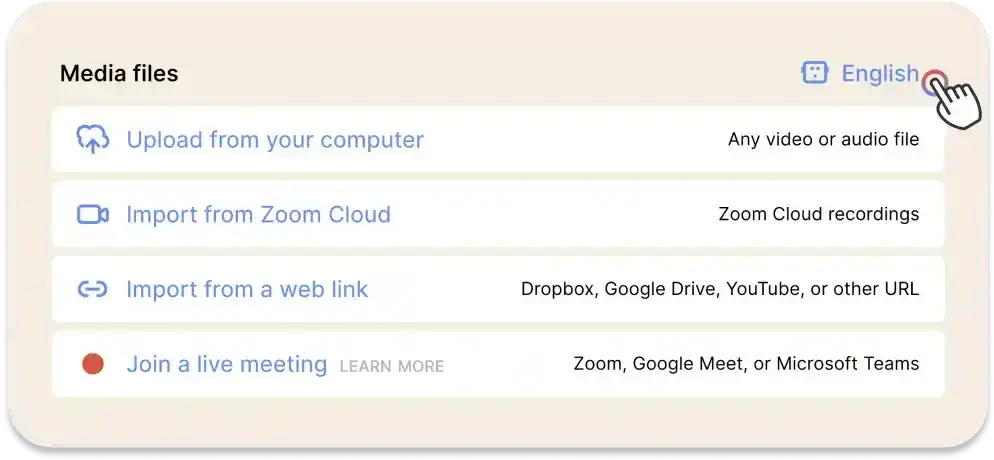
You can upload all your footage from your computer or import them directly from a web link. Your uploaded videos will be stored in Reduct’s cloud, making it easy for you and your team members to access them anytime.
As soon as your footage is uploaded into Reduct, Reduct generates an automatic transcript. We provide one of the most accurate video transcriptions in the market.
Reduct's transcripts are synchronized with video footage. This means that you can click on any word in the transcript and instantly be taken to that exact moment in the video. Having a video with an interactive transcript also makes it easily searchable, which makes logging videos much faster.
Step 2- Review, highlight, and tag all your footage
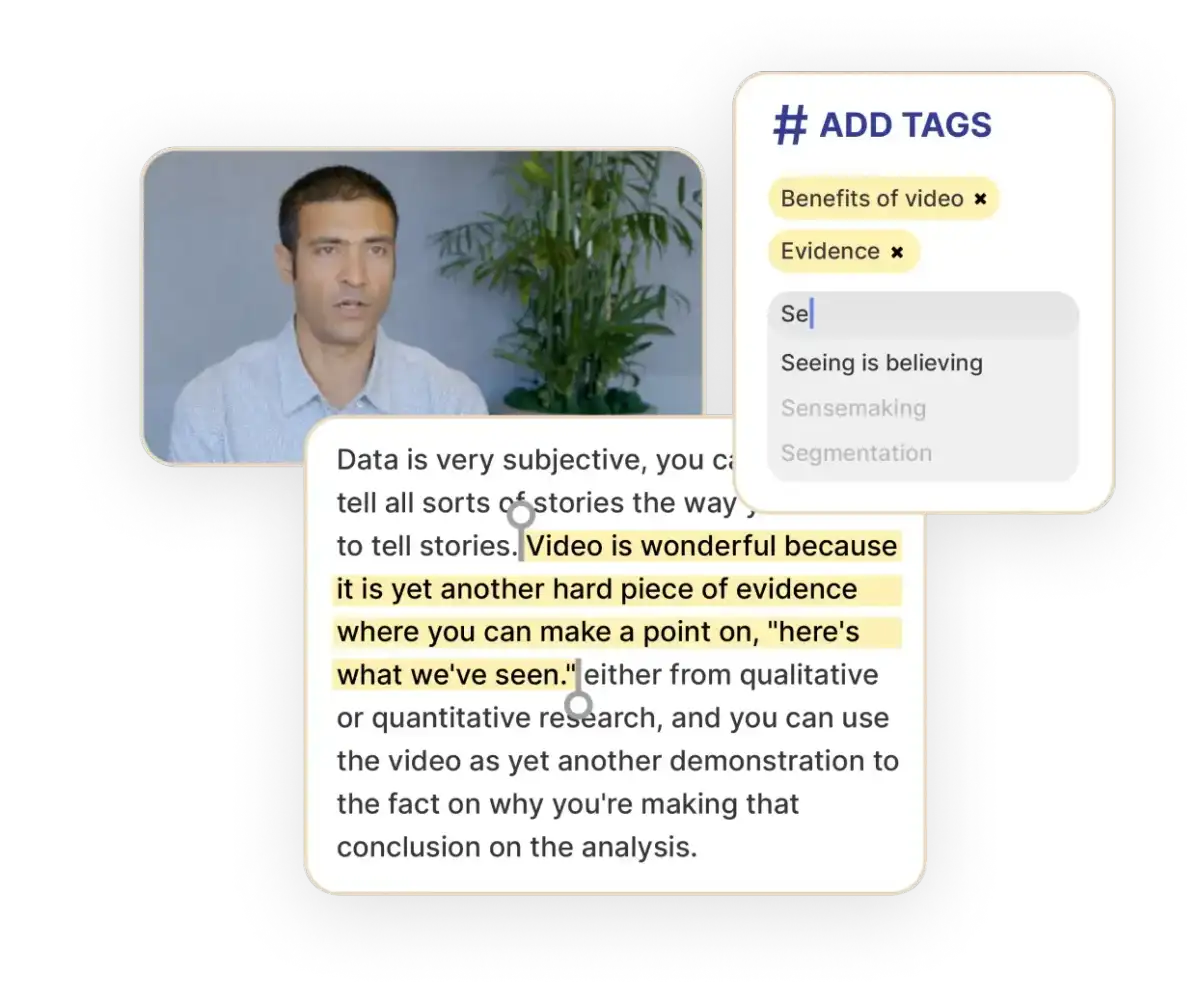
Once you have your transcript, you can start logging your video. As you review the transcript, you can log the most important moments in your footage by highlighting the relevant text — you no longer need to record the timestamps or find the exact in-and-out points for each clip.
You can also add tags and notes to each highlight to categorize clips and identify related content. This makes it easier to find these clips later on in the editing process and allows you to identify patterns or themes between your video recordings. Reduct comes with numerous AI features including auto-suggest tags to help you come up with the right term for your tag.
Read more on how to create tags that work well for the teamThe best part is that all of this can be done without downloading any software and in real-time collaboration with your team members.
Step 3: Create your rough cut, together
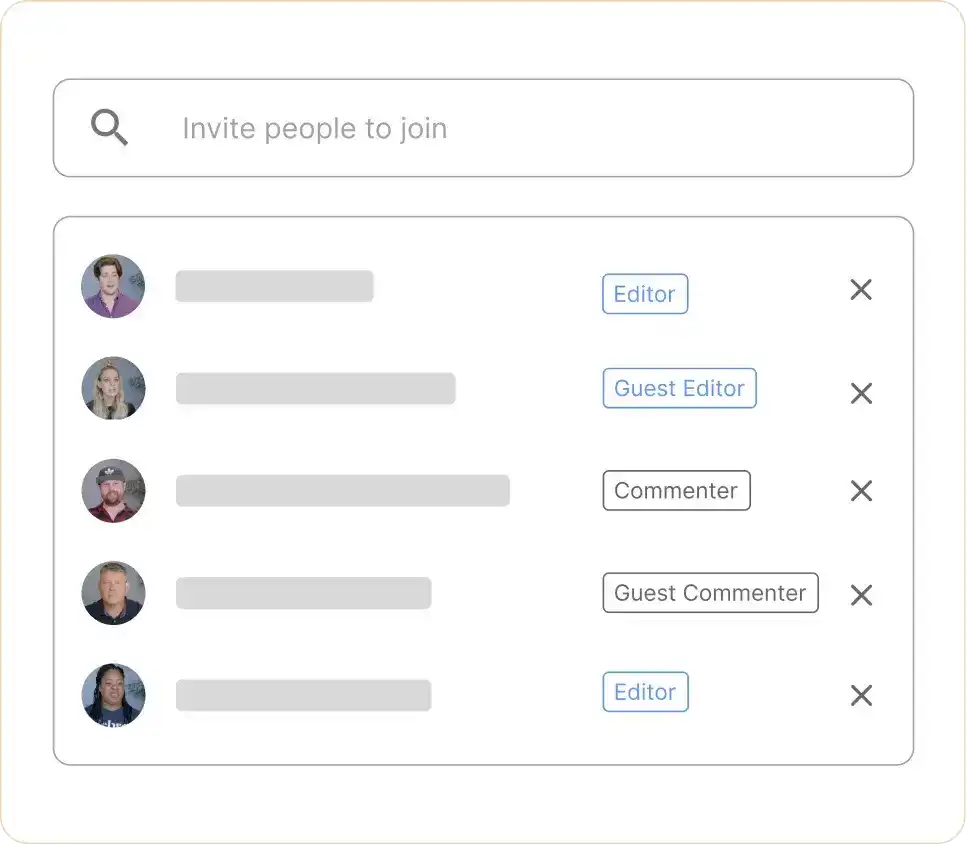
Reduct allows collaboration across teams of various sizes and organization levels.
Learn more about roles in ReductAfter highlighting and tagging are completed, you can drag and drop your highlights to create a longer video story (a.k.a. Reduct Reel). These highlight reels can be tweaked and shared directly from our platform, or serve as a rough cut and be pushed to another edit for more sophisticated fine-tuning.
To clean up your highlight reels and remove unwanted sections or blurbs from your videos, you can strike through the corresponding transcript text and Reduct will edit those moments out.
Finally, you can export these rough cuts from Reduct to your favorite editing tools like Adobe Premiere Pro or Apple Final Cut Pro X (FCPX) to add B-roll, multicam footage, animations, and other advanced film editing processes and effects.
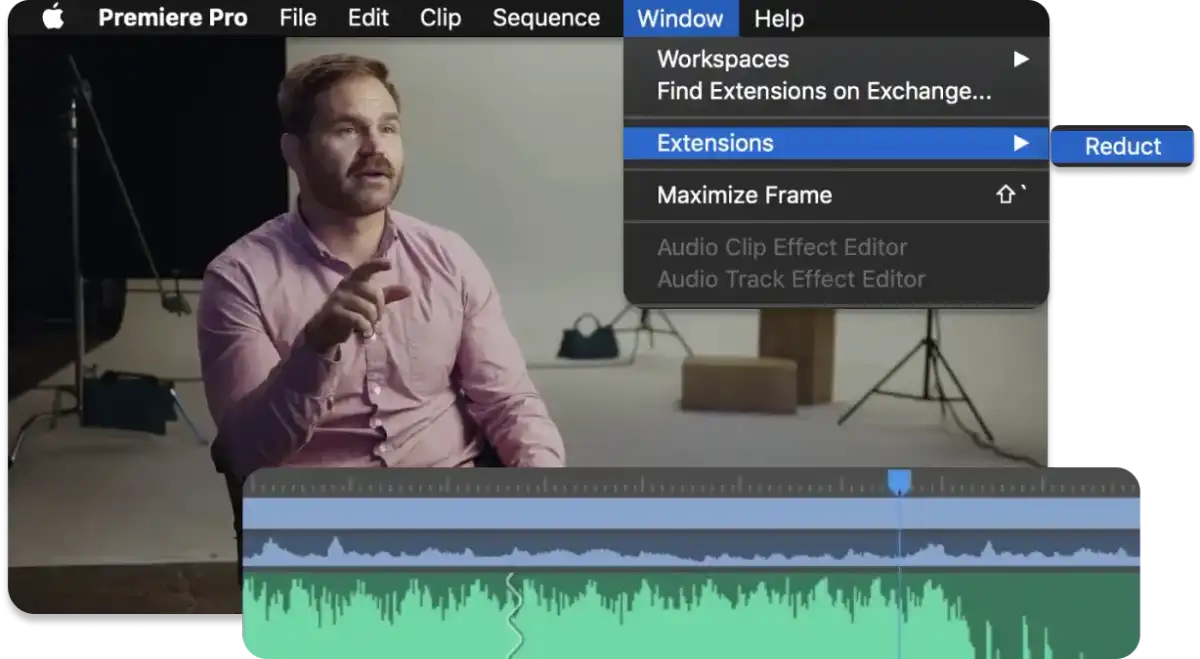
Log videos as you would label a Word document
Reduct as a video logging software makes logging and labeling video footage simple and efficient. Instead of wasting time manually recording timestamps and searching for specific clips, Reduct gives you accurate transcripts that are easy to search and edit. It makes logging video as easy as editing a text document, speeding up your entire post-production workflow.
Explore more features of Reduct – such as translation and adding captions during the 14-day trial by


